Panels or veneers made from exotic wood species are no longer new to woodworkers. Working with such species, which do not grow here, is not specific to our times either. With mahon has been worked for decades and we certainly don't have any mahogany forests or have it planted in anyone's yard. So does palisander, ebony, tecul or American walnut. Now, however, species with very interesting designs have appeared that specialists and enthusiasts were unaware of. Their exotic appearance has led many to try to use them in various projects, especially as they are not difficult to find. About 4 of them, which you can find in the Holver, I'll talk to you next.
Wenge, false ebony
The tree from which wenge wood comes from is called Milettia laurentii and has its range in Central Africa. It grows up to 18-27 m tall and reaches a diameter of 1-1.2 m. The wood has a variety of other names including false ebony, African rosewood or specific names given by African people - dikela, bokonge, mibolu, awong. It is a special wood, whose dark brown colour with black stripes has also led to the appearance of similar berries.
In section wenge has straight, coarse fibre with low natural lustre. The pores are large to very large, few and scattered with no particular arrangement in the annual ring. Sometimes they have dark mineral deposits inside.
Wood is hard, tough, dimensionally stable, resistant to mechanical and insect action. It is resistant to termite attack. It is difficult to sand and splinters can be dangerous because they easily become infected once they get under the skin. It finishes and glues without problems. Harder to fill pores if a closed-pore finish is desired.
Due to its very high hardness it is suitable for floors and stair treads. But it is also used to make furniture, bowls and other objects, and musical instruments. It is used both as solid wood and as veneer.
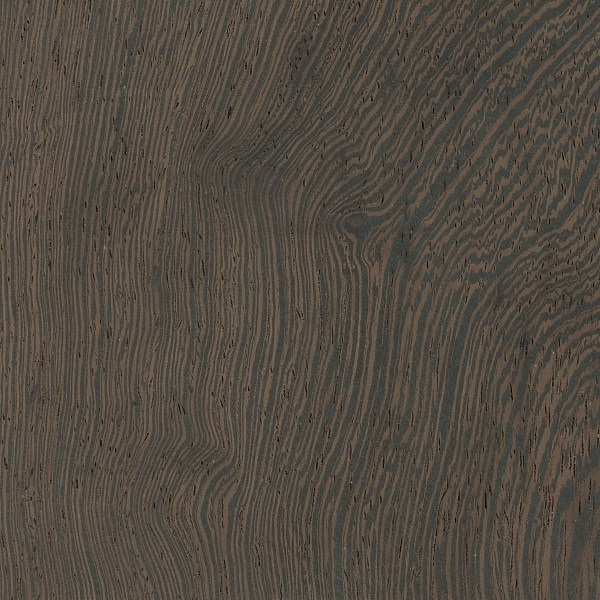
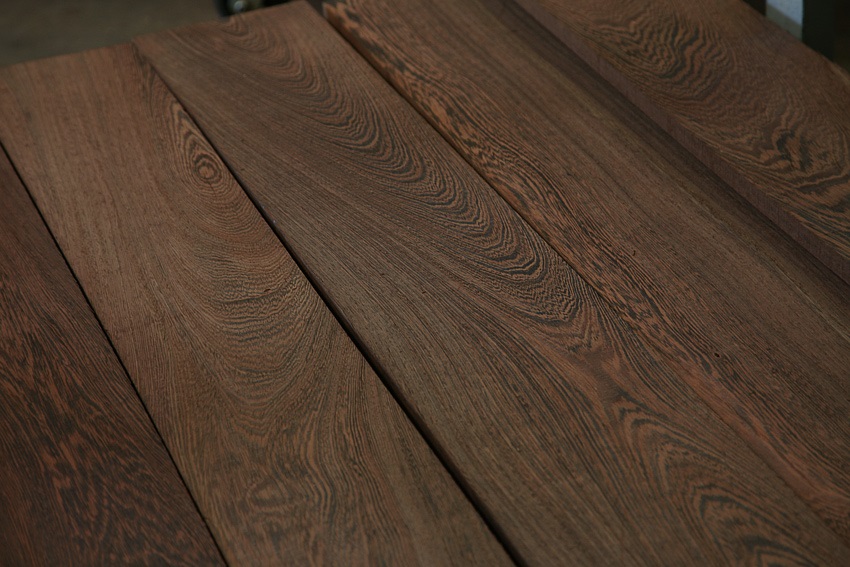
Sapelli, African mahogany
It is so called because of its strong resemblance to mahogany wood. You will also find it with the name sapele or sapeli, written with a single l. The scientific name of the tree is Entandrophragma cylindricum. It grows in tropical Africa, often reaching heights of 40-45 m, sometimes even 60 m.
The colour is yellow to dark reddish brown, darkening as the tree ages. The grain is straight, sometimes wavy, the texture fine, uniform, with natural lustre. The pores are diffuse, with no specific arrangement, and within them there are sometimes deposits of reddish brown salts.
The wood is harder than mahogany being comparable in hardness to oak tree. It is highly resistant to rotting and has moderate resistance to insect attack. It is sometimes hard to work with because of mineral deposits that melt the tools. Reacts in contact with iron, staining. Turns, finishes and glues well. When machined it has a slight odour of cedar.
It is used as both solid wood and veneer. It is used to make furniture, plywood, flooring, boats, musical instruments, bowls and other decorative items. The listing of mahogany as endangered has led to a substantial increase in demand for sapele in recent years.
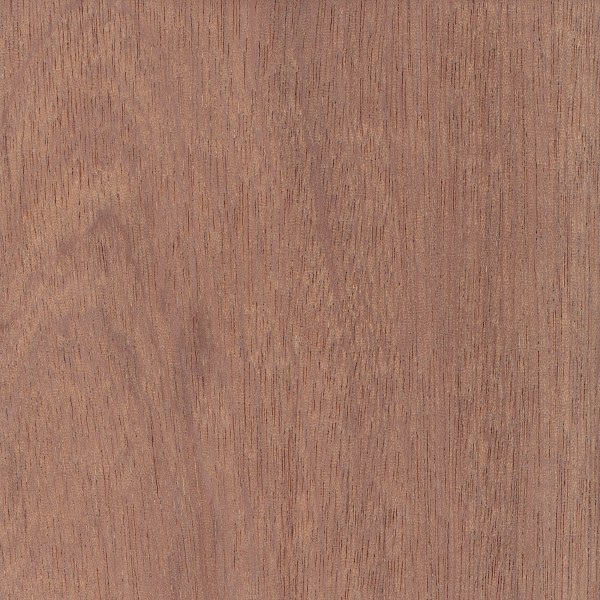
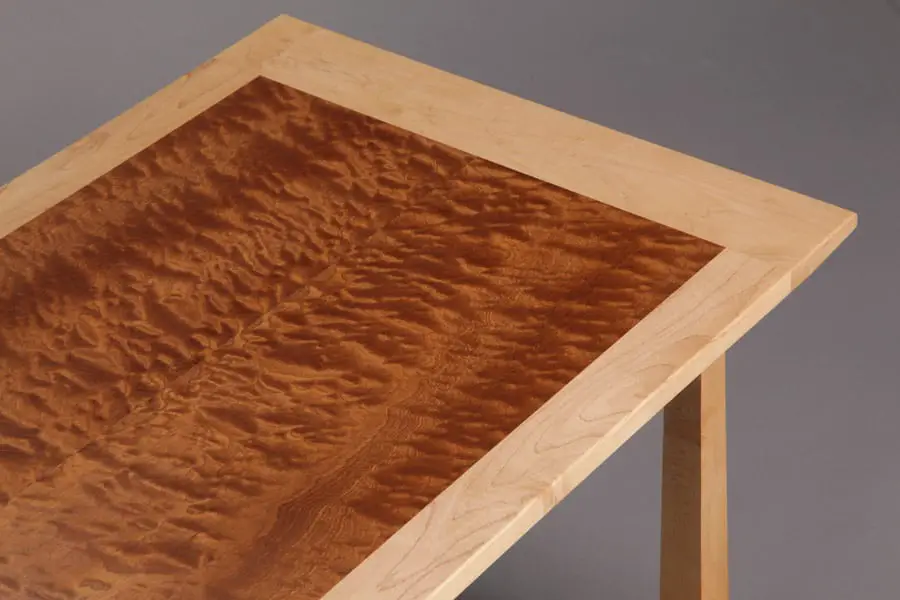
Iroko, the poor man's teak
It is similar to teak although not related to it. The tree is called Milicia excelsa or Milicia regia, with variants Chlorofora excelsia and Chlorophora regia. It is widespread in tropical and western Africa. It grows up to 30-40 m tall and reaches a diameter of 1-1.5 m. It can live up to 500 years and Africans believe it to be a tree with supernatural powers. The Yoruba people believe it is inhabited by a spirit that, if you see it, can make you sick or even kill you. The man who cuts down such a tree is doomed to bad luck and a specific prayer must be made beforehand to prevent this from happening. If the prayer is not also said in the house, the wood comes along with the spirit bringing bad luck.
But let's leave the superstitions and move on to the characteristics of wood. It is similar to teak in both properties and appearance, but the quality is below that of teak. But the price is much better, which is why it is also called poor man's teak.
The colour ranges from yellow to gold and brown and gets darker the older the tree gets. The pale yellow sapwood is clearly defined by the heartwood. The fibre is medium to coarse, twisted, with large and very large pores arranged without a specific arrangement. In the pores there are sometimes deposits of calcium carbonate (limestone) so it is difficult to process, easily touching tools. It finishes and glues smoothly.
It is a very durable wood, stable and resistant to rot and insect attack. It is used as a cheaper alternative for outdoor cladding, garden furniture, decking. It is used, as solid wood or veneer, in the manufacture of furniture, boats, flooring or bowls.
Unlike teak it does not have that oily appearance due to its high oil and tannin content.
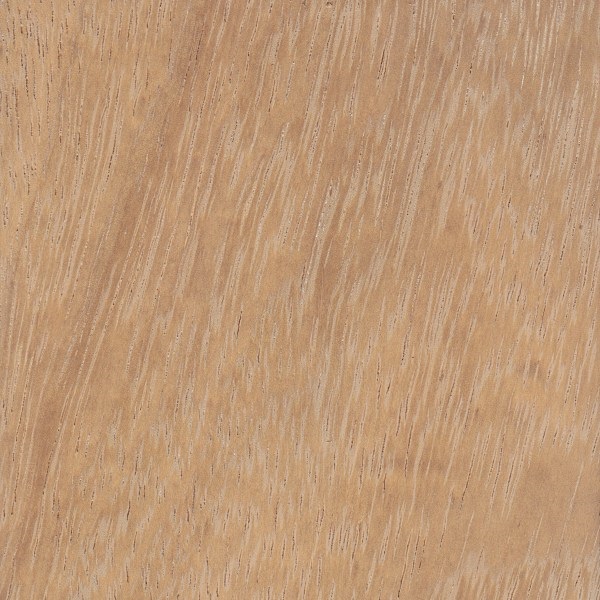
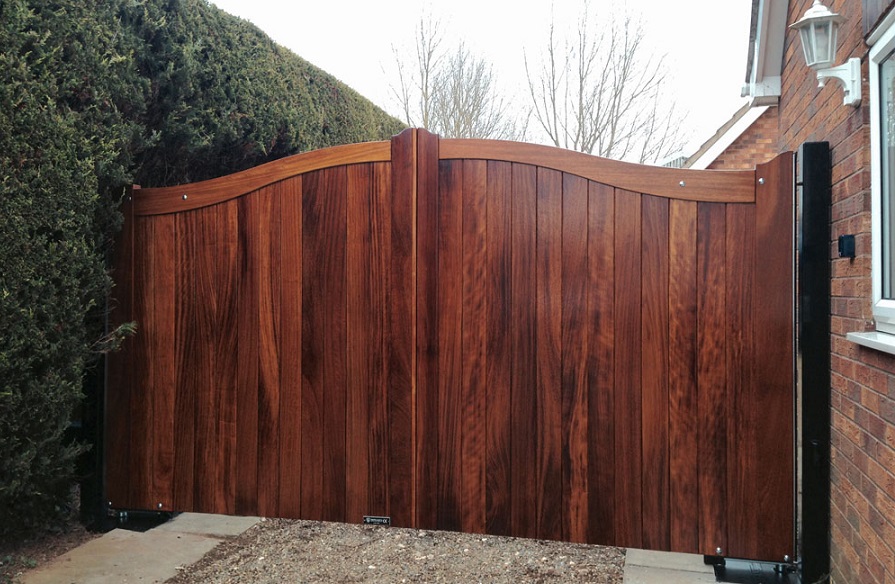
Doussie - between mahogany and teak
It is also called afzelia after the name of the tree from which it comes - Afzelia africana. The wood has been used since the Middle Ages to build boats. The tree is very useful in its entirety, with the bark and leaves being valued in addition to the wood. The bark has medicinal uses and the leaves, with their high nitrogen content, are very useful to the soil to which they provide nutrients.
The area of distribution is Africa and Southeast Asia. For this reason it can be found under a variety of names, each country calling it something different (one of them is 'water'). The tree grows to 28-37 m and reaches a diameter of 1-1.5 m.
In section the pale yellow sapwood is well defined by the reddish brown heartwood. In doussie the colour also becomes darker when the tree is older. The fibre is medium to coarse, with natural lustre, sometimes twisted which makes processing difficult. Pores are few, large and very large, with deposits of water-soluble salts. It is therefore very difficult to dye with water-based dyes because it stains.
It is a hardwood, resistant to chipping and abrasion, with moderate termite resistance. The appearance is between mahogany and teak. It has an interesting natural pattern that can sometimes lead to a 3D effect. The wood looks very good in the lower trunk area or in the bark (boles) on the tree, which is why it is mainly sold in small pieces.
It is used for furniture, floors, decks, boats, landscaping, bowls and turned objects, inlays.
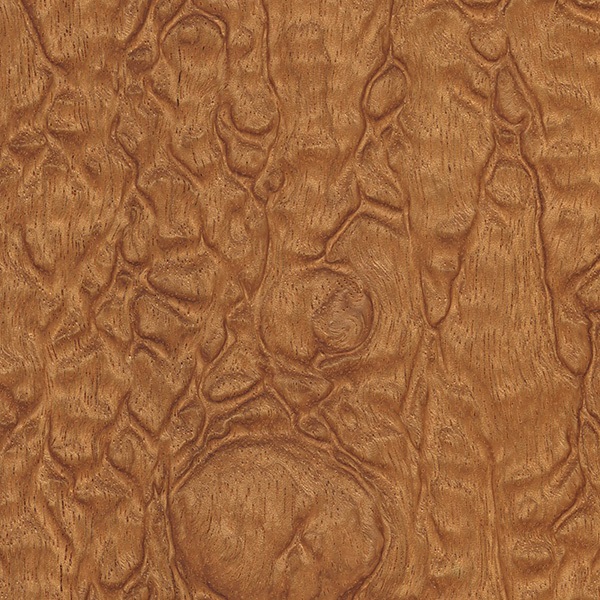
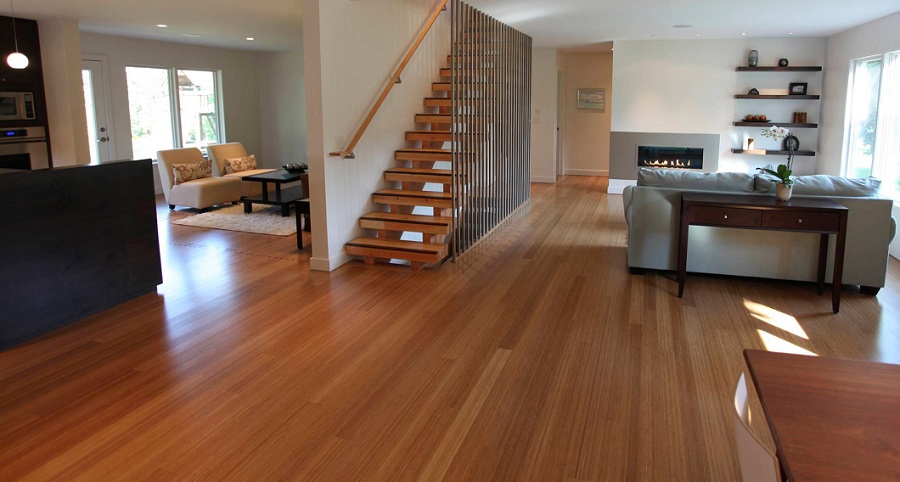
African wood
As can be seen from the above, but also from other examples of wood we have talked about on other occasions, African wood is special, both in design and colour, and in strength. The salt-rich soil and the special climate make the wood grown there special too. One drawback is that the salts present in African soil are often found in the large pores of the wood, making it more difficult to process.
But the unpleasant effect of pore salts doesn't stop at tool grinding. They can become a real problem when finishing. They are salts that can influence colouring, but also adhesion or the way chemical hardening varnishes react. That's why insulators are recommended when working with exotic wood species. This creates a barrier between the finish and the wood that prevents tannins, salts and varnish from interacting.
I have had problems in the past with finishing a mahogany wood. I tried a lot of solutions, but couldn't come up with a convenient result. Then I saw what surprising reactions the salts hidden in the large pores can give and how useful it is to use quality insulators. And I understood that theoretical knowledge is very good, but without experience it is incomplete.
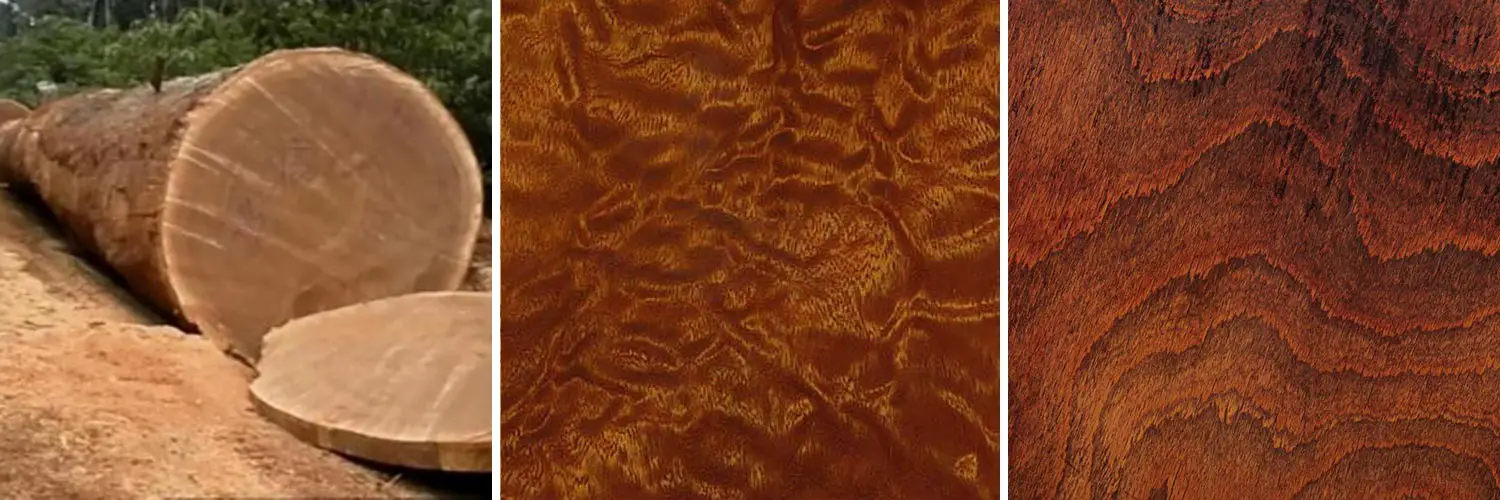
If you think the above information could be useful to others, you can share it. And if you have any questions or recommendations, you can leave them in the space below.



























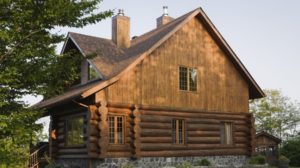

Sautmana. Could you tell me where they are available in our country? Apart from Holver.